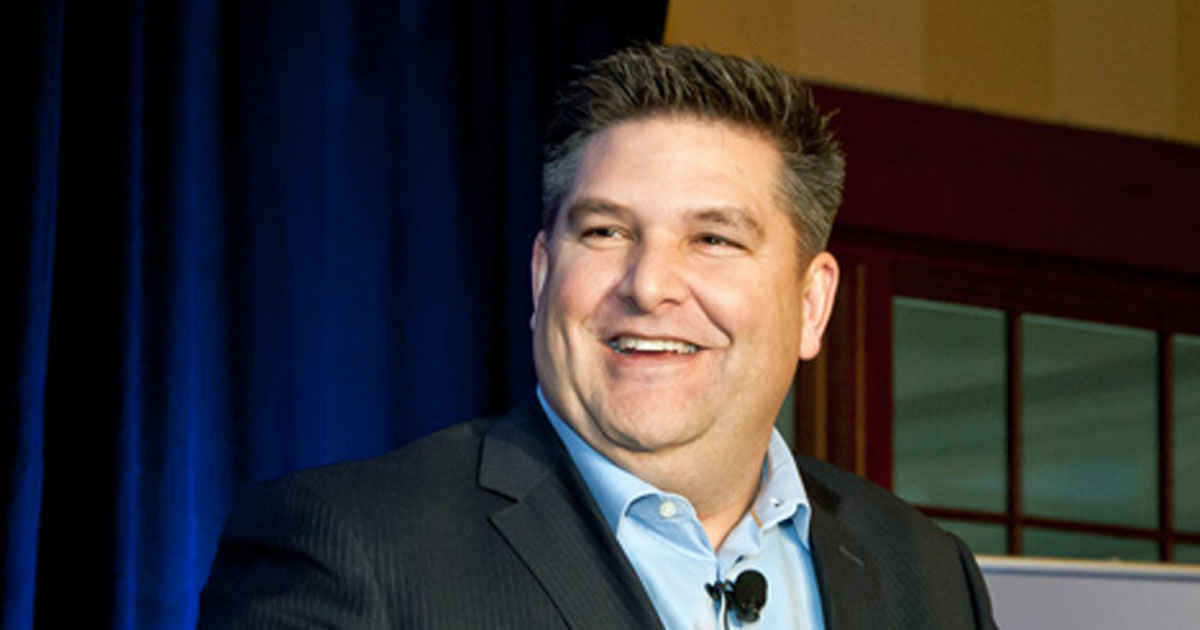
The difference between economics and economic development is like the difference between science and engineering … scientists might know the theory, but you wouldn’t want them to build a bridge. The reason we trust engineers to build bridges is because they’ve actually had to build them many times before, learning and verifying what works each time they do. Engineering is “applied” science, based on the insights and skills built by generations of doers and builders. In that sense, economic development is applied economics, and it builds on the insights and experiences of generations of street-level practitioners working to strengthen local economies.
But what happens when we run into situations where past experience offers little guidance? Sometimes – as with COVID-19 – we face challenges for which we have no precedent, and no proven tactics to start with. And while economists are quick to outline macro-level strategic approaches (lower the interest rates! Open up the EI coffers!), we struggle at the level of applied economic development to find things that will be effective at the local level.
This is not to criticize the rapid responses rolled out by federal, state and provincial governments – there have been some excellent ideas, and we have to start somewhere. It’s disconcerting to see, though, that every government is rolling out different initiatives. What we’re doing in Canada is different from what the Americans or the Brits are doing. What we’re doing in Ontario is different from what’s being done in British Columbia. If nothing else, this s a sure sign that we just don’t know what will actually work to minimize the economic impact of the current pandemic, or to protect the average person who is struggling.
At the local level, one of the first things we need to focus on is separating “effective” from “ineffective” strategies. We might not be able to do this on our own, but with thousands of municipalities and communities around the world experimenting with different actions, programs and initiatives, we should soon start to get a first peek at what actually works. This means that step number one for economic developers – in Niagara and elsewhere – is to start building a database of global development practices. Put bluntly, if we don’t know what’s working elsewhere, how can we imagine we know what’s going to work here?
An important second step, though, is to recognize that this pandemic will have impacts that come in distinct waves. These can be grouped into three key stages:
- Reaction – Do we understand what the initial economic impacts have been, and do we know what resources or programs have been made available at federal and provincial levels?
- Response – Do we know what local authorities can do to promote, create and sustain economic activity and local business health during the pandemic?
- Recovery – How can we begin to think ahead about the things our communities can do to get our local economies back on track once the crisis has passed?
I’ve been asked by the Economic Developers Association of Canada (EDAC) to put together an online workshop for economic developers later this month to look at these issues in detail, but working on this has made me think about the same issues here at home in Niagara.
So far, we seem to be doing OK on the “Reaction” front. Local economic developers have issued a joint statement saying they will work together, and some – like Welland’s economic development office – have been putting together information packages for local business about what support programs are available. I’d also love to see us develop a database or checklist of effective practices from other communities, with specific plans on how we’ll implement the best ones here.
However, I suspect that (like most communities) we’re a bit weaker on our “Response” thinking. We know that there are gaps in current federal and provincial programs, such as effective support for entrepreneurs and the self-employed. Perhaps this is an area where the gap can be filled with strong local responses.
Most importantly, what are our “Recovery” plans? We’ve been talking about improving our binational trade and innovation opportunities. The tourism industry can’t turn on a dime. Perhaps now, while we’re facing the brunt of self-isolation and the realities of our constrained work-from-home opportunities, we can be laying the groundwork for the dynamic – and specific – actions we’ll need to take three or six months from now to come storming out of the gates in a post-pandemic world.
And in a two-tier local government structure like Niagara, maybe there’s a logical way to divvy this work up. Perhaps local economic development offices in municipalities like St. Catharines, Niagara Falls and Fort Erie need to focus on our “Response”, while our regional structures like Niagara Economic Development and the Niagara Tourism Partnership, need to prioritize “Recovery”.
Living in the time of Covid-19 challenges us all, and some of the most challenging times lie ahead. But in the strange, still quiet of our immobilized world, we must be careful not to fall into the trap of criticizing what others are doing, but look out across a global community facing the same challenges as us, learn from what’s working elsewhere, and bring it home to Niagara.
Brock Dickinson is a serial entrepreneur and innovator who has worked with hundreds of companies and communities in more than 30 countries. He holds a number of innovation support roles, including his work as an Adjunct Professor and Entrepreneur in Residence at the University of Waterloo, and as an Executive in Residence with Innovate Niagara. He lives in the Niagara Region.

Brock Dickinson is a serial entrepreneur and innovator who has worked with hundreds of companies and communities in more than 30 countries. He holds a number of innovation support roles, including his work as and Adjunct Professor and Entrepreneur in Residence at the University of Waterloo, and as an Executive in Residence with Innovate Niagara. He lives in the Niagara Region.




















